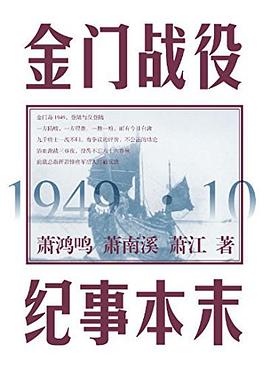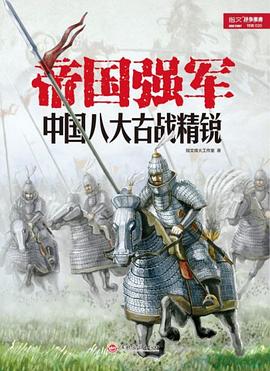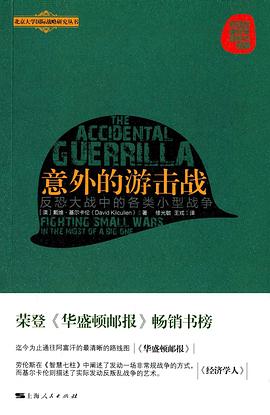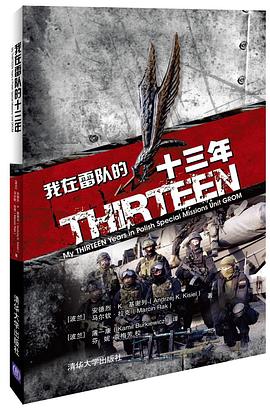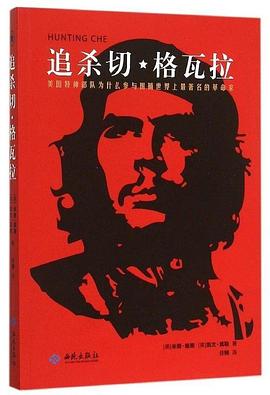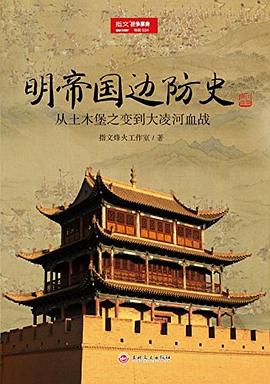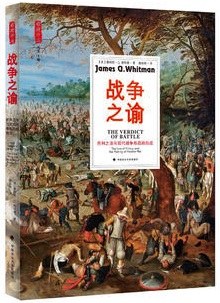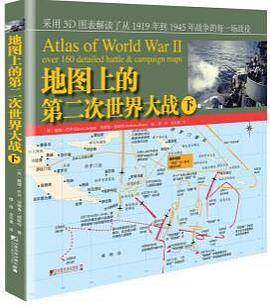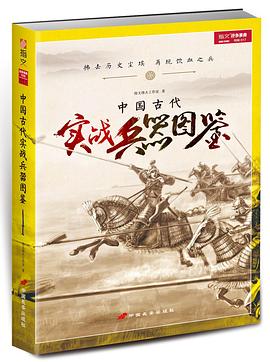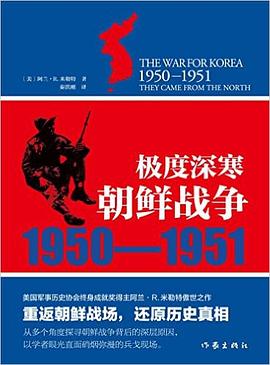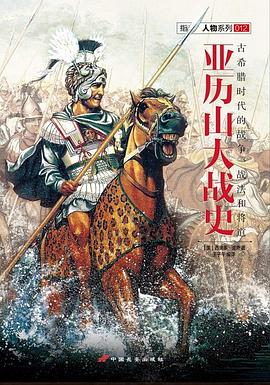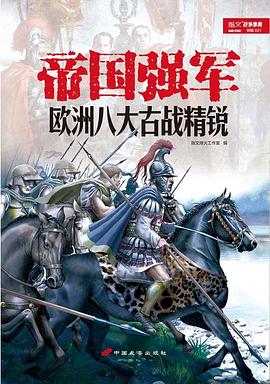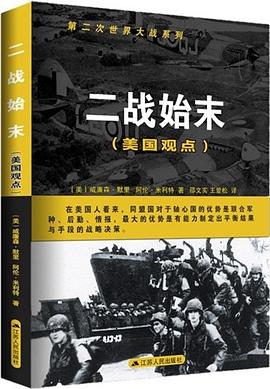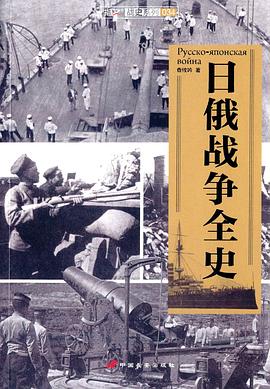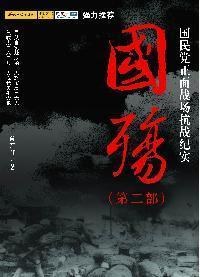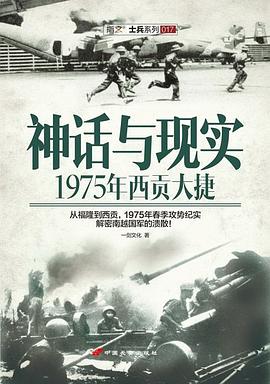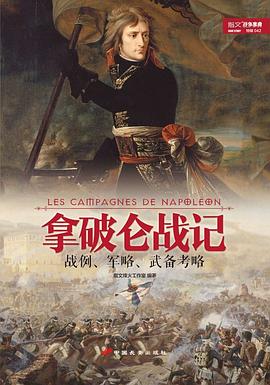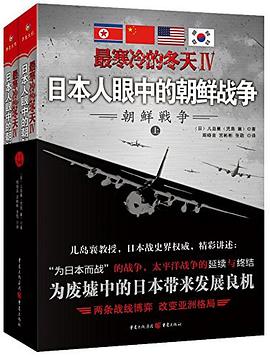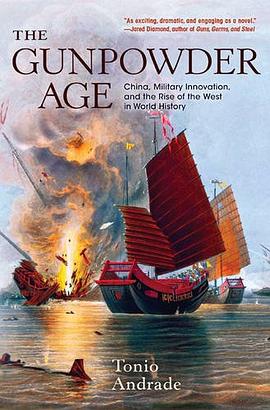

具体描述
The Chinese invented gunpowder and began exploring its military uses as early as the 900s, four centuries before the technology passed to the West. But by the early 1800s, China had fallen so far behind the West in gunpowder warfare that it was easily defeated by Britain in the Opium War of 1839–42. What happened? In The Gunpowder Age, Tonio Andrade offers a compelling new answer, opening a fresh perspective on a key question of world history: why did the countries of western Europe surge to global importance starting in the 1500s while China slipped behind?
Historians have long argued that gunpowder weapons helped Europeans establish global hegemony. Yet the inhabitants of what is today China not only invented guns and bombs but also, as Andrade shows, continued to innovate in gunpowder technology through the early 1700s—much longer than previously thought. Why, then, did China become so vulnerable? Andrade argues that one significant reason is that it was out of practice fighting wars, having enjoyed nearly a century of relative peace, since 1760. Indeed, he demonstrates that China—like Europe—was a powerful military innovator, particularly during times of great warfare, such as the violent century starting after the Opium War, when the Chinese once again quickly modernized their forces. Today, China is simply returning to its old position as one of the world’s great military powers.
By showing that China’s military dynamism was deeper, longer lasting, and more quickly recovered than previously understood, The Gunpowder Age challenges long-standing explanations of the so-called Great Divergence between the West and Asia.
作者简介
Tonio Andrade is professor of history at Emory University and the author of Lost Colony: The Untold Story of China’s First Great Victory over the West (Princeton) and How Taiwan Became Chinese.
目录信息
PART I: CHINESE BEGINNINGS
Chapter 1 The Crucible: The Song Warring States Period 15
Chapter 2 Early Gunpowder Warfare 29
Chapter 3 The Mongol Wars and the Evolution of the Gun 44
Chapter 4 Great Martiality: The Gunpowder Emperor 55
PART II: EUROPE GETS THE GUN
Chapter 5 The Medieval Gun 75
Chapter 6 Big Guns: Why Western Europe and Not China Developed Gunpowder Artillery 88
Chapter 7 The Development of the Classic Gun in Europe 103
Chapter 8 The Gunpowder Age in Europe 115
Chapter 9 Cannibals with Cannons: The Sino-Portuguese Clashes of 1521-1522 124
PART III: AN AGE OF PARITY
Chapter 10 The Frankish Cannon 135
Chapter 11 Drill, Discipline, and the Rise of the West 144
Chapter 12 The Musket in East Asia 166
Chapter 13 The Seventeenth Century: An Age of Parity? 188
Chapter 14 A European Naval Advantage 196
Chapter 15 The Renaissance Fortress: An Agent of European Expansion? 211
PART IV: THE GREAT MILITARY DIVERGENCE
Chapter 16 The Opium War and the Great Divergence 237
Chapter 17 A Modernizing Moment: Opium War Reforms 257
Chapter 18 China's Modernization and the End of the Gunpowder Age 273
Conclusions - A New Warring States Period? 297
Acknowledgments 307
Appendix 1: Timeline 311
Appendix 2: Datasets 312
Abbreviations 317
Notes 319
Bibliography 379
Index 421
· · · · · · (收起)
读后感
- 從台灣'故事'網知道了《火藥時代》這本書,遂向樂文訂購,中間雖有些延誤,但也是支持獨立書店之選擇。 - 作者從戰爭史的角度,回顧火藥在歷史中國的應用,以及同期歐洲國家的狀況,偶爾也會(如談大砲)提及鄂圖曼帝國甚至殖民地前的印度在火藥上的應用。 - 作者的觀點認為...
评分 评分历史是个**,胜利者想怎么表述就表述。 历史真的不是一个一句话,一个观点,一本书就能够说清楚的。每个生活在当时的人,都是那段历史的缔造者,而作为一个个后来的人,大家怎么看待以前历史的,这是一个有意思的话题也是一个需要正视的问题。 说了这么多,现在切入正题——就...
评分历史是个**,胜利者想怎么表述就表述。 历史真的不是一个一句话,一个观点,一本书就能够说清楚的。每个生活在当时的人,都是那段历史的缔造者,而作为一个个后来的人,大家怎么看待以前历史的,这是一个有意思的话题也是一个需要正视的问题。 说了这么多,现在切入正题——就...
评分用户评价
很受military revolution史观影响。论点直接,认为中国历史上战争频繁的时期促进火药武器发展,反之则阻碍。对比欧洲火药武器发展史,考察发展路线不同(欧洲的火炮和菱堡)以及中西交流和接触冲突。认为盛清和平(乾隆后期到19世纪初)所致的军事落后造成鸦片战争落败。
评分很受military revolution史观影响。论点直接,认为中国历史上战争频繁的时期促进火药武器发展,反之则阻碍。对比欧洲火药武器发展史,考察发展路线不同(欧洲的火炮和菱堡)以及中西交流和接触冲突。认为盛清和平(乾隆后期到19世纪初)所致的军事落后造成鸦片战争落败。
评分很受military revolution史观影响。论点直接,认为中国历史上战争频繁的时期促进火药武器发展,反之则阻碍。对比欧洲火药武器发展史,考察发展路线不同(欧洲的火炮和菱堡)以及中西交流和接触冲突。认为盛清和平(乾隆后期到19世纪初)所致的军事落后造成鸦片战争落败。
评分从军事史角度分析中西大分流,这类学术书籍竟然意外的好读,虽说作者的论点有待商榷,但论据确实让我涨了不少知识
评分或许初始期望太高,读完发现提出问题和试探多于解释,更适合做教科书。军事大分流的说法很有趣,相对平行的军事技术和作战模式比较,尤其是几次欧洲与亚洲势力交锋也颇有趣,分流在18世纪中叶(所谓盛清和平期)也恰与彭慕兰说法对证。不过两个主要论点——无多国/多政体体系则无战争、无战争则无威胁、无威胁则无进步(一系列战争与国家形成文献),盛清一统安靖导致军事革新需求消失;科学/技术与科技群体的独立发展对军事革新的促进作用(李约瑟等?)——似已经被反复论述过,并无什么出色之处。欧洲船只更先进更抗风浪、欧洲中世纪堡垒城墙较薄但允许火药武器开火还击,确乎为重要优势,且也在无形中促进火药武器发展和军队远征与后勤编组进步,然欧陆多国战争恰使其非铁板一块,前者仅为少数海权国拥有、后者则并未在远征中体现。
相关图书
本站所有内容均为互联网搜索引擎提供的公开搜索信息,本站不存储任何数据与内容,任何内容与数据均与本站无关,如有需要请联系相关搜索引擎包括但不限于百度,google,bing,sogou 等
© 2025 book.quotespace.org All Rights Reserved. 小美书屋 版权所有

